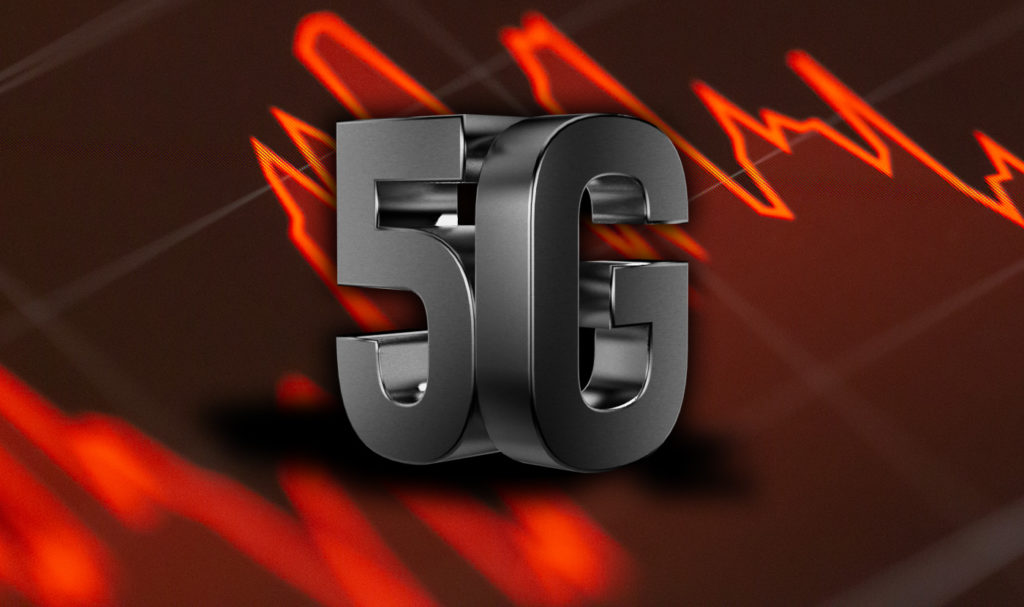ResearchAndMarkets publishes a report that examines several current technologies (as well as their markets, applications and other features) that, according to the ITU classification, are entering the era of 5G communications.

5G communication
Although based on statistics for insiders in the industry, in 2019 the market share of 4G networks was not more than 7% -12% worldwide, the industry already supports (2018-2020) commercial 5G introduction in several market regions and applications.
This new generation of radio access will be built on the existing infrastructure, which will be modernized and expanded with new technologies.
The 5G wireless communication system will be a convergent system with many radio access technologies integrated together. It will be able to support a wide range of applications and services to fully meet the requirements of the information society by 2020 and beyond.
From a technological point of view, 5G will be the continuous improvement and development of current radio access technologies, as well as the development of new radio access technologies to meet the growing demand in the future. 5G can be characterized as data, connectivity and user experience.
Two main points of view for 5G
View 1 – Hyper-connected vision: In this view, 5G is seen as a combination of existing technologies (2G, 3G, 4G, Wi-Fi, etc.) that can provide greater coverage and availability, higher network density in terms of cells and devices, and the ability to provide connectivity that allows machine to machine (M2M) services and the Internet of Things (IoT).
View 2 – Next generation radio access technology: This perspective outlines 5G in terms of ‘generation’, setting specific goals that new radio interfaces must meet in terms of data rates (faster than 1Gbps down) and latency (delays below 1ms).
The first view is related to the gradual transition of 3G / 4G (and other) technologies to the 5G era with appropriate improvements and extensions. Some of these technologies are the subject of the present analysis of the report.
In particular, the following technologies, their markets, industries and related applications are considered transition to 5G (they are sold under the heading 5G, despite the fact that they are already marketed by suppliers and are available from operators):
CR / SDR – cognitive radio / software defined radio
- Although the concept of CR / SDR is well known and the industry has been supporting these techniques for several years, the 5G era will introduce new requirements to network performance that can be easily met with CR / SDR.
- 5G The “Network of Networks” needs to further develop the CR / SDR concept, which corresponds to the details of 5G and uses the existing base of smart radios.
Small cells
Small cells are expected to dominate the 5G infrastructure due to advanced features that meet 5G requirements.
mmWave radio
MmWave radio will play an important role in 5G RAN, which allows us to explore the vast amount of free spectrum.
DESPITE
Sophisticated intelligent antenna systems such as MMIMO are expected to be widely used.
Communication with visible light
VLC opens several important applications that were difficult to use in other windows of the spectrum.

